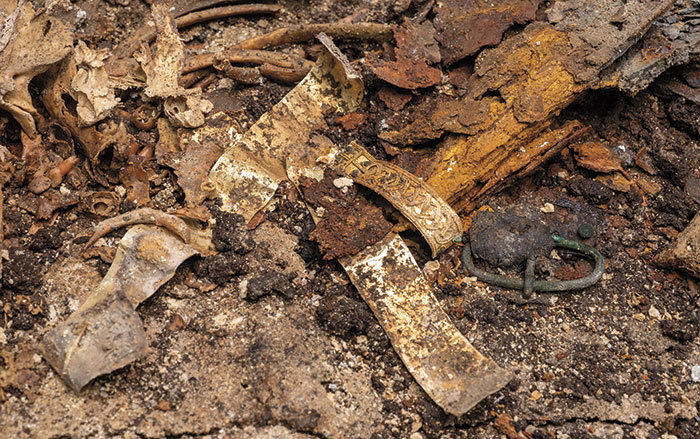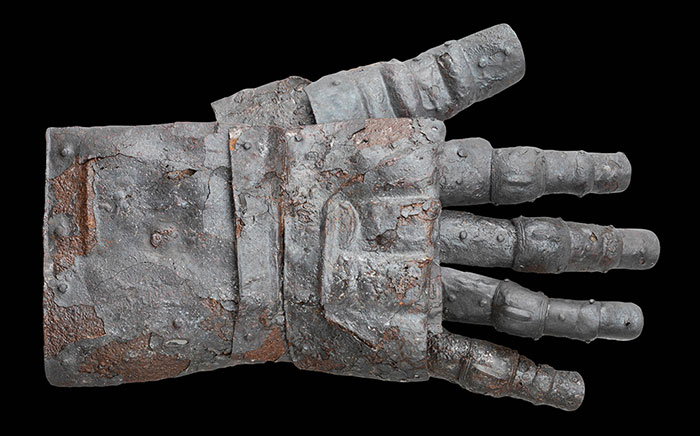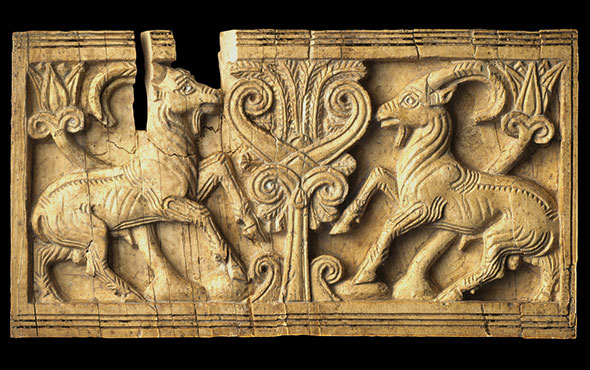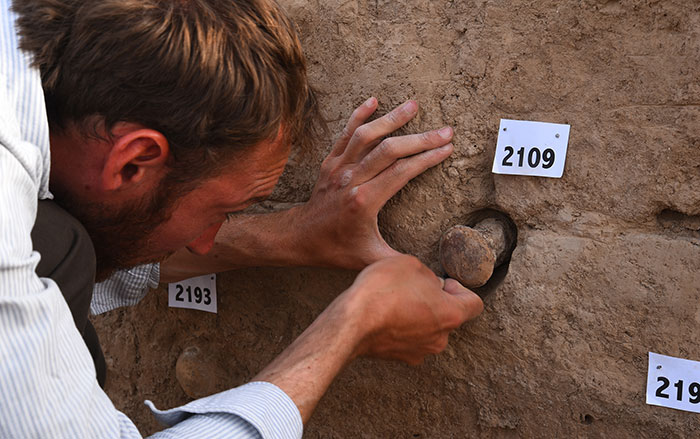TEMPE, ARIZONA—It had been previously thought that Yersinia pestis, the bacterium that causes the Black Death, did not cross the Sahara Desert in the fourteenth century A.D., when the disease killed as many as 200 million people in Europe and Asia. However, Science Magazine reports that researchers are reviewing circumstantial archaeological, historical, and genetic evidence that the plague may have wiped out entire communities in sub-Saharan Africa as well. Gérard Chouin of the College of William & Mary said Akrokrowa, a farming community founded around A.D. 700 in what is now southern Ghana, was abandoned in the late fourteenth century. Daphne Gallagher and Stephen Dueppen of the University of Oregon say Burkina Faso’s site of Kirikongo grew for more than 1,000 years, until the fourteenth century, when it suddenly shrank to half its previous size. Mention of epidemics has been found in Ethiopian texts dating from the thirteenth through the fifteenth centuries, and Marie-Laure Derat of the French National Center for Scientific Research said that Ethiopians adopted St. Roch and St. Sebastian, two European Christian saints associated with plague, as their own. In addition, Monica Green of Arizona State University has found that a subgroup of the plague bacterium, found only in East and Central Africa, is related to the strain that devastated Europe. Sub-Saharan Africa’s heat and humidity degrade DNA in human remains, but the scientists will next look for the smoking gun of Y. pestis DNA in human teeth recovered in the region. For more on archaeological evidence of Y. pestis, go to “Bronze Age Plague.”
Medieval Plague May Have Reached Sub-Saharan Africa
News March 7, 2019
Recommended Articles
Digs & Discoveries September/October 2025
Good Night, Sweet Prince

Features September/October 2025
How to Build a Medieval Castle
Why are archaeologists constructing a thirteenth-century fortress in the forests of France?

Features January/February 2025
Medieval England’s Coveted Cargo
Archaeologists dive on a ship laden with marble bound for the kingdom’s grandest cathedrals

Artifacts May/June 2024
Medieval Iron Gauntlet

-
Features January/February 2019
A Dark Age Beacon
Long shrouded in Arthurian lore, an island off the coast of Cornwall may have been the remote stronghold of early British kings
 (Skyscan Photolibrary/Alamy Stock Photo)
(Skyscan Photolibrary/Alamy Stock Photo) -
Letter from Leiden January/February 2019
Of Cesspits and Sewers
Exploring the unlikely history of sanitation management in medieval Holland
 (Photo by BAAC Archeologie en Bouwhistorie)
(Photo by BAAC Archeologie en Bouwhistorie) -
Artifacts January/February 2019
Neo-Hittite Ivory Plaque
 (Copyright MAIAO, Sapienza University of Rome/Photo by Roberto Ceccacci)
(Copyright MAIAO, Sapienza University of Rome/Photo by Roberto Ceccacci) -
Digs & Discoveries January/February 2019
The Case of the Stolen Sumerian Antiquities
 (© Trustees of the British Museum)
(© Trustees of the British Museum)



